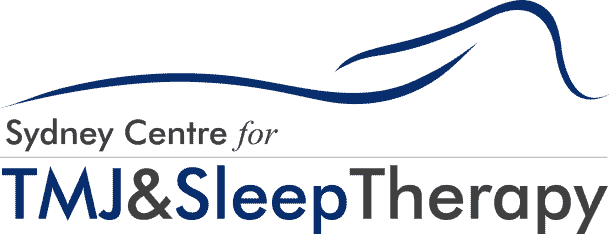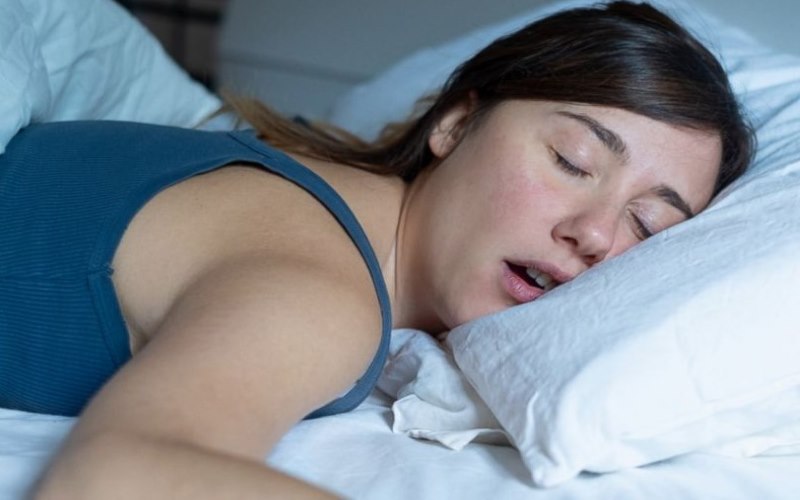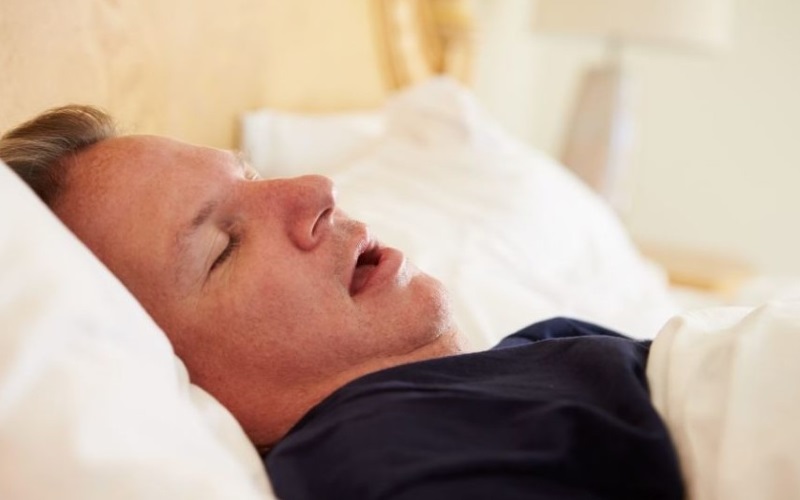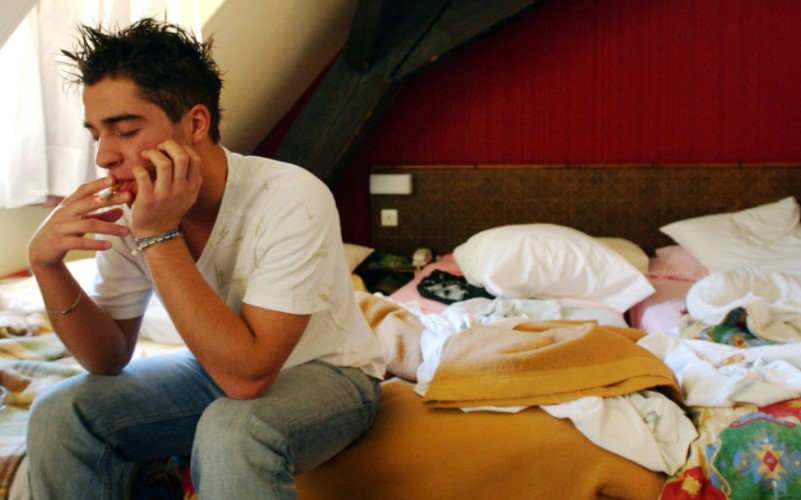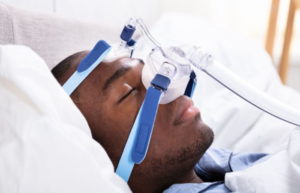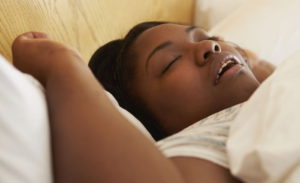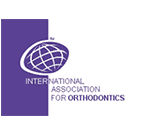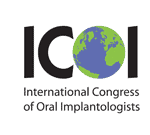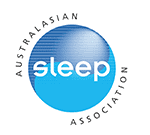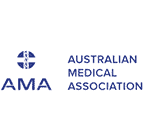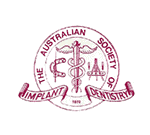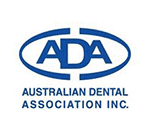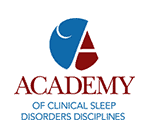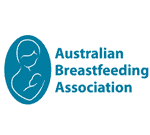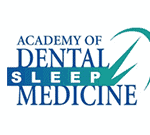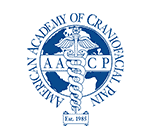The term sleep disorder is used to describe someone’s inability to fall or stay asleep. The truth is, there are different types of sleep disorders a person can experience. One of the most common is sleep apnea. Like the term sleep disorder, the term “sleep apnea” is conventionally used as an umbrella term for a singular disorder of snoring, but there are actually different types of sleep apnea. Among these types are Obstructive Sleep Apnea (OSA), Central Sleep Apnea (CSA), and Mixed Sleep Apnea.
Is there a difference between central and obstructive sleep apnea? Do the treatment approaches differ, too?
Central vs Obstructive Sleep Apnea: Key Differences
Sleep apnea is a pretty common sleep disorder around the world. Experts estimate there are more than 25 million American adults who suffer from moderate to severe sleep apnea. Sleep apnea happens when a person experiences a disturbance in their sleep that disrupts breathing, typically with routine pauses.
Obstructive Sleep Apnea is the most common form of sleep apnea disorder. The principal symptom is intermittent breathing cessation due to an upper airway obstruction. Central Sleep Apnea, on the other hand, is characterized by improper signals from the brain. Mixed sleep apnea is simply a combination of the two.
Each type is caused by different factors. Thus, each requires a different course of treatment.
Central vs Obstructive Sleep Apnea: Causes
Central Sleep Apnea (CSA) happens when the brain stops sending signals to the muscles that control breathing. In CSA, something happens to the brain that affects its ability to send proper signals that control respiratory movements. This means the brain is failing to tell the body to breathe. Though less common than Obstructive Sleep Apnea (OSA), it is caused by a range of underlying health issues that must be treated first.
In many cases, CSA is linked to a problem in the lower stem of the brain (thepart of the brain that controls breathing).
A specific form of CSA, called Cheyne-Stokes breathing, is linked with congestive heart failure and strokes. This happens due to a gradual increase in airflow, followed by a sudden decrease. This condition causes an increase in carbon dioxide levels due to disrupted breathing. This is common among people living in high altitude areas. Certain drugs, like codeine, morphine, and oxycodone can also increase the risk.
Medications such as opioids, can also increase the chance of CSA.
People with OSA may also develop CSA while getting CPAP (continuous positive airway pressure) machine treatment. This is called treatment-emergent sleep apnea, as it is a combination of the two types of (CSA and OSA) sleep apnea.
Obstructive Sleep Apnea, as its name suggests, is caused by an obstruction in the air passage. This happens when the muscle around the throat over-relaxes and collapses, obstructing the proper airflow around the upper airway. This leads to shallow breathing, which may stop intermittently causing a person to choke and/or gasp for air and wake up briefly to restore normal breathing. This process repeats many times a night during sleep. While a person with OSA may not remember or notice the disrupted breathing while asleep, he/she will wake up in the morning feeling more tired and without the benefits of uninterrupted sleep.
OSA among adults is often caused by excess weight, as fat deposits cause obstruction around the upper airway. Certain conditions linked with obesity, such as polycystic ovarian syndrome (PCOS) and hypothyroidism, can also lead to OSA. However, some people with normal weight can also have this type of sleep apnea as it can be hereditary as well. Some people also have inherently narrow airways, putting them at risk of developing OSA.
Central vs Obstructive Sleep Apnea: Symptoms
CSA Symptoms
This is a list of the most common CSA Symptoms that you need to be aware of:
- Inability to sleep for prolonged periods, abnormal sleeping patterns
- Snoring
- Repeated disruption of breathing (stop and breathe)
- Waking up from spasms/restlessness
- Chest pains
- Choking or gasping for breath
- Feeling fatigued and concentration problems during the day
- Reduced blood oxygen levels
- Mood swings
OSA Symptoms
Loud snoring is the most common symptom of obstructive sleep apnea. However, occasional snoring does not automatically mean a person has OSA. Other symptoms include:
- Morning headaches
- Choking and gasping for air causing a person to abruptly wake up in the middle of the night
- Feeling fatigued and restless throughout the day
- Inability to concentrate, forgetfulness
- High blood pressure
- Waking up with a sore throat and dry mouth
- Sexual dysfunction
- Mood swings
- Depression
Children with OSA are also likely to wet their beds, grind teeth, sleep in unusual positions, and sweat a lot at night. Some may experience inward rib cage compression when they inhale. Some may also exhibit behavioral and learning disorders.
Central vs Obstructive Sleep Apnea: Risk Factors
The following are the conditions that put you at risk of developing CSA:
- Old age (even middle-aged can develop CSA)
- Heart problems (heart failure)
- Long-term use of narcotic pain treatment (i.e. methadone)
- Strokes
Some newborns and young children are also at risk of CSA. If a child pauses for 20 seconds (or longer) his/her breathing while sleeping, it is important to have them checked by a sleep doctor as soon as possible.
These are the risk factors that increase your chances of developing OSA:
- Excess weight
- Narrow airways
- Neck circumference (fatty deposits around the neck that obstructs airways)
- Old age (middle-aged can develop OSA)
- Use of alcohol, sedatives, tranquilizers, or any muscle relaxants that may affect the throat
- Smoking
- Nasal congestion (anatomical or allergies)
- Family history
- Sex (men are twice likely to develop OSA than women)
Central vs Obstructive Sleep Apnea: Treatment Options
Doctors often recommend conservative treatments for OSA, such as lifestyle change (weight loss program, exercise, quitting alcohol consumption and smoking). Common treatments for OSA include:
- Oral appliance (mandibular advancement devices to hold the jaw in a forward position)
- Nasal decongestants
- CPAP machine
- Surgery (for severe cases)
- CSA treatment often starts by treating the existing medical condition. Other treatments include:
- CPAP machine (and other breathing assistance machines like BiPap and PAP)
- Atrial overdrive pacing
- Added expiratory pressure relief
- Adaptive servo ventilation
- Bi-level therapies
- Diuresis
- Heated humidification
- Phrenic nerve stimulation (depending on diagnosis and medical history)
Although OSA is far more common, it is entirely possible for someone to have both OSA and CSA. Unfortunately, conservative treatment methods for the former cannot be applied to the latter. CSA is a serious medical condition and can be fatal for someone with cardiovascular issues.
